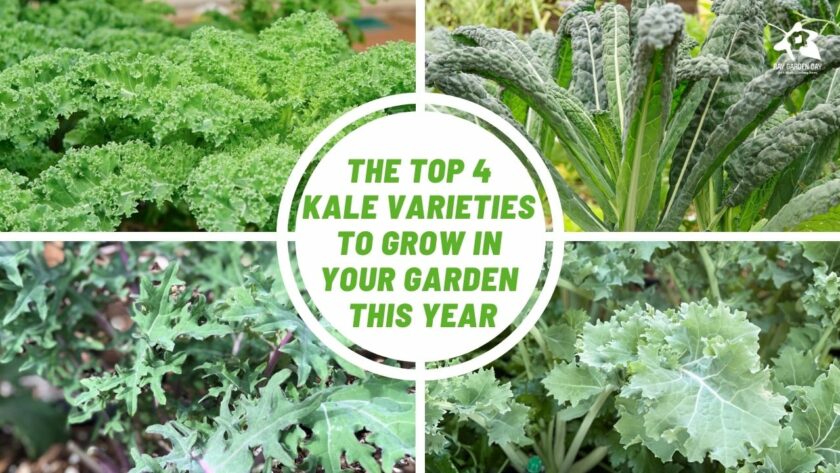If you’re looking to add some new vegetables to your garden this year, consider growing kale. Kale is a nutritious and versatile vegetable that can be used in various dishes. In this blog post, I will discuss the four most popular varieties of kale and provide tips on how to grow them successfully. So, whether you’re a beginner gardener or an experienced green thumb, read on for information on the top four kale varieties to grow in your garden!
Kale is a leafy green from the brassica family of plants that includes cultivars such as cabbage, broccoli, cauliflower, brussels sprouts, collard greens, and bok choy. Kale is a superfood packed with vitamins, minerals, and antioxidants.
So which top 4 varieties of kale to grow? Below is a list of the top 4 kale varieties to grow in your garden, based on flavor, texture, and nutritional value.
Curly kale
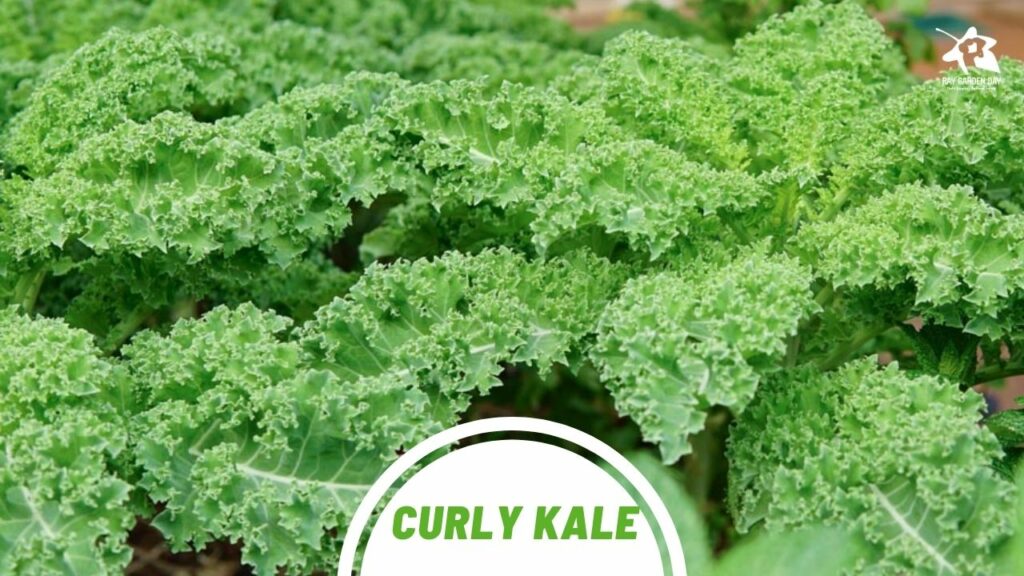
Curly kale, aka curled leaf kale, is the most common type of kale and has ruffled leaves with a green or purple color. This variety of kale is often seen in stores. The leaves have a slightly bitter taste and are chewy in texture. Curly kale is high in vitamins A, C, and K and contains calcium, potassium, and magnesium.
Because of its texture, curled leaf kale is perfect for salads but can be used in sautéing or adding to soups and stews.
Out of this list, I find curly the easiest to grow. Curly leaf kales are grown from seeds that reach about 2 feet tall and sprawl out as they mature. That’s why I recommend growing each plant about 2 feet apart. This variety has the longest harvest season before bolting. Cabbage loopers are tiny caterpillars, and aphids are common pests to curly leaf kale. I like to grow curly kale next to Lacinato kale to create a mini kale forest, so that’s next on this list.
Lacinato kale
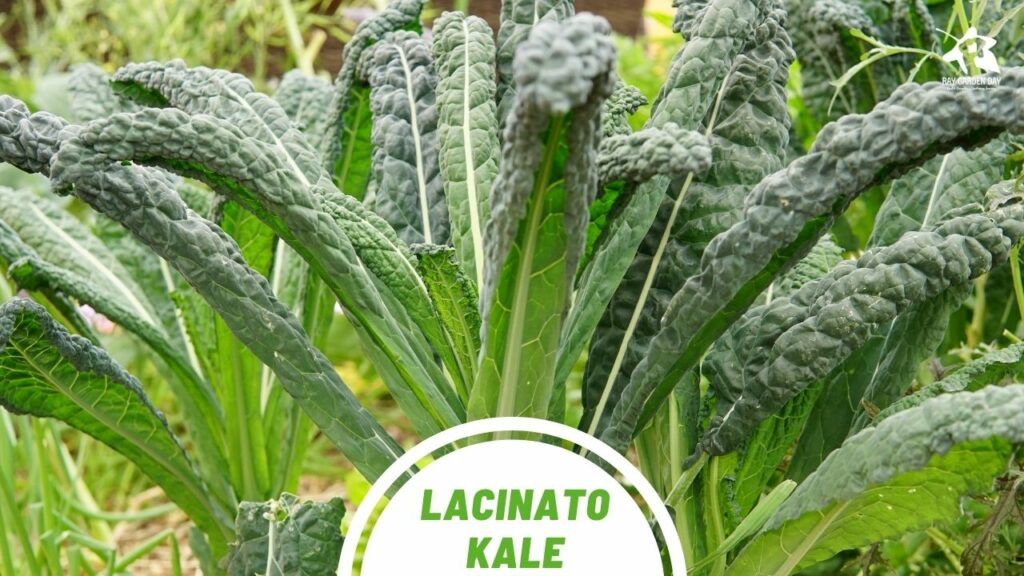
Also known as dinosaur kale or Tuscan kale, this variety of kale has dark green, blue-green leaves that are narrow and elongated with a wrinkled texture. The flavor is slightly sweeter than curly kale and perfect for kale chips. One cup serving of Lacinato kale contains more than a day’s worth of vitamin A and is also full of vitamins K, C, and B6 and manganese, copper, calcium, and magnesium.
Lacinato kale is best suited for cooked dishes such as sautés, soups, and stews.
Lacinato kale can be grown from seeds or transplants and should be planted about 24 inches apart. This kale variety grows best in the cooler months and can tolerate frost. Another advantage of Tuscan kale is that it holds up to summer heat in the garden better than other kale varieties. Again, one primary pest is aphids that colonize on the leaves’ underside, so I like to grow kale next to the green onions. Green onions or Scallion are more effective as companion plants when placed near kale, lettuce, and beets which act as a natural pest repellent.
Red Russian kale
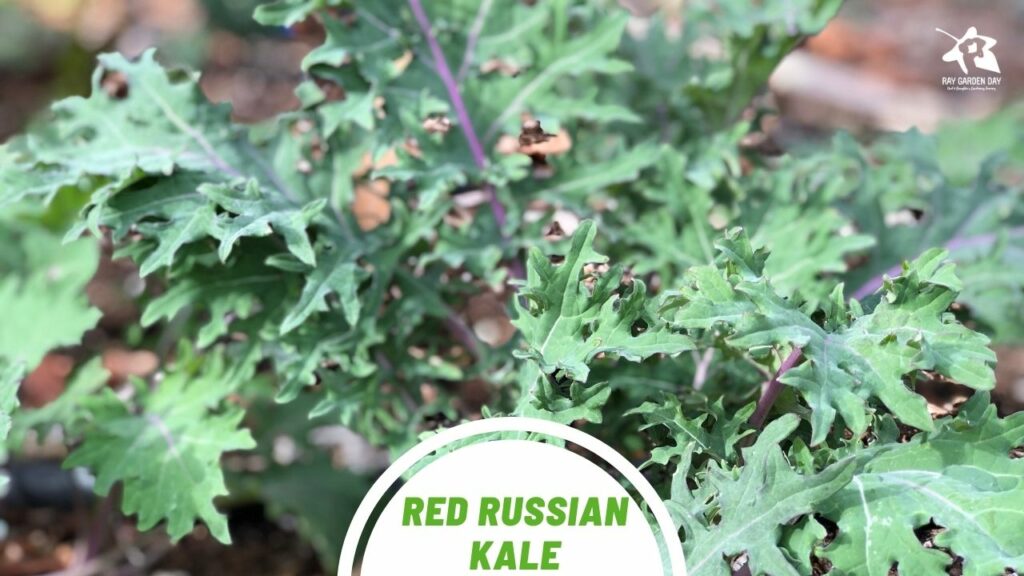
As the name suggests, this variety of kale has reddish-purple leaves with frilled edges and purple stems. The flavor is slightly sweet and nutty, making it perfect for salads. Red Russian kale is also high in vitamins A, C, and K and calcium, potassium, and magnesium.
Red Russian kale can be used in salads, sautés, or soups. The leaves are tender enough to eat raw, but they can also be cooked.
Red Russian kale is cold-hardy kale that can be grown from seed or transplants. It should be planted about 18 inches apart. This kale variety matures in 45 to 60 days and can tolerate frost.
I like to grow red Russian kale because it’s one of the first kale varieties to mature in early spring. It’s also a good kale variety to grow in the fall. Of the four kale varieties on this list, Red Russian kale is the first to attract apids that feed on the young leaves in the center of the plant. You can treat aphids and other soft-bodied insects using homemade white oil insecticide.
Siberian kale
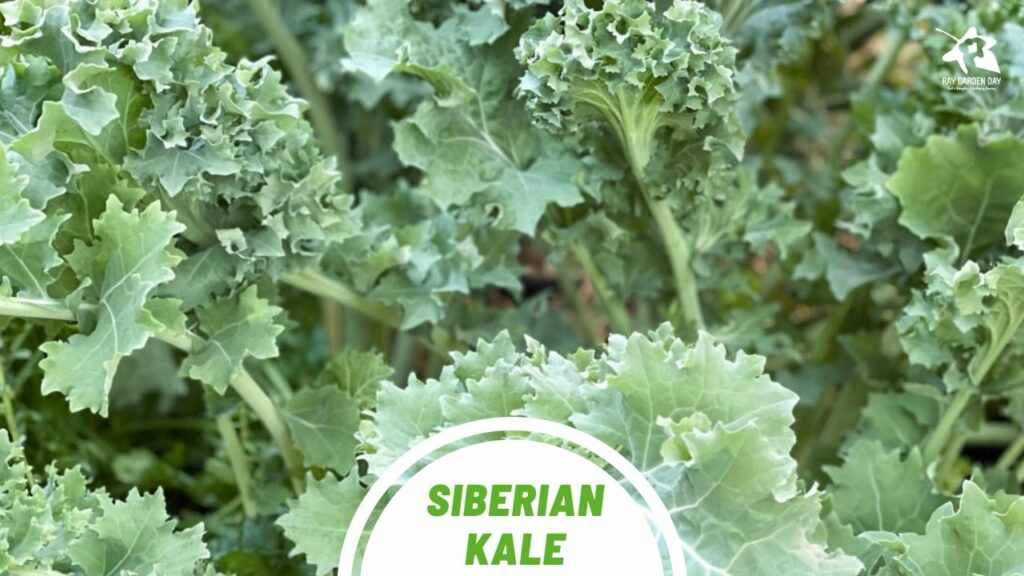
Yet another cold-hardy kale variety grows as big as Lacinato kale with white stems and leaves with ruffled edges. The flavor is slightly sweet and nutty. Siberian kale is also a good source of vitamins A, C, and K and calcium, potassium, and magnesium.
Siberian kale can be used in salads or cooked dishes such as sautés, soups, and stews. Harvest full-size leaves when desired. Siberian kale flavor sweetens after light frosts.
Siberian kale should be planted about 18 inches apart and matures in 45 to 60 days. Siberian kale is one of the most winter-hardy kale varieties and can tolerate temperatures as low as -30 degrees Fahrenheit.
I like to grow Siberian kale because it’s one of the most winter-hardy kale varieties and tolerates the summer heat. While Siberian kale does not usually suffer from pest damage, you will still have to contend with aphids which can be easily dealt with.
So there you have it; these are the top four kale varieties to grow in your garden this year. Do you have a favorite kale variety that I didn’t mention? Let me know in the comments below. Happy gardening!
